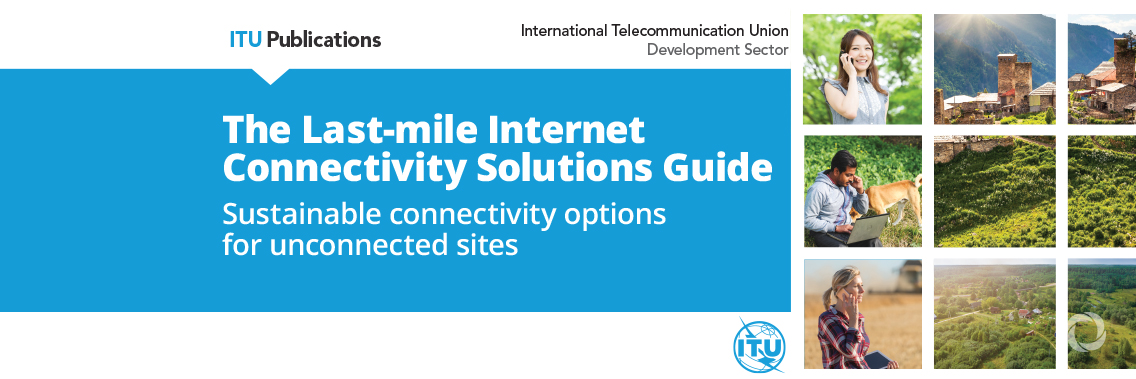Despite the meteoric growth of the Internet and broadband connectivity, 3.7 billion people remain offline and are excluded from the direct benefits of the global digital economy, says a new publication released by the International Telecommunication Union, The Last-Mile Internet Connectivity Solutions Guide: Sustainable connectivity options for unconnected sites.
While there are multiple constraints on Internet access and use, the Solutions Guide addresses those posed by gaps in infrastructure coverage and service affordability. The low return on investment in network deployment in sparsely populated areas means that, in many developing countries, connectivity is largely limited to urban areas, leaving rural and remote areas totally cut off.
Moreover, even when telecommunication networks are present, access to the Internet may be limited by prohibitively high prices, and lower-income individuals and families may be priced out of connectivity.
Offline populations are particularly concentrated in the least developed countries (LDCs), where according to the latest ITU data, only 19 percent of individuals were online in 2019. Regionally, in Africa and Asia-Pacific, less than half the population is online: 29 and 45 percent respectively.
“The time is ripe to rethink the positioning of broadband infrastructure development and deployment in national priorities,” said ITU Secretary-General Houlin Zhao. “This Solutions Guide is an important step towards helping regulators and policy-makers everywhere unlock the infrastructure investments needed to achieve universal and affordable broadband.”
A number of ITU programmes will use this guide to help design and implement sustainable connectivity solutions, including Giga – a joint initiative between ITU and UNICEF to connect every school to the internet, and every young person to information, opportunity, and choice. As Giga works with countries to develop their country plans for school connectivity, the Solutions Guide and forthcoming diagnostic toolkit will be essential in helping to determine the most appropriate solutions.
What does the Solutions Guide offer?
Written from the perspective of localities and users in areas without Internet access, the Solutions Guide contains tools, service interventions and policy solutions that can help policy-makers to select and customize appropriate solutions to extend Internet access to their localities, taking into account their unique characteristics.
The guide is divided into four main steps that outline the planning and policy development phases of interventions to encourage infrastructure deployments:
- Identify digitally unconnected and underserved regions;
- Review options from existing solutions;
- Select sustainable solutions that best fit the given situation;
- Implement interventions to extend sustainable connectivity service.
The guide draws on lessons learned by governments, service providers, technology vendors, international organizations, multilateral development banks, bilateral donors, academia and others over the past 30 years. It is intended to be a living, active guide that is continuously updated and revised.
In addition to the Solutions Guide, ITU is developing a range of resources to help Member States address last-mile connectivity challenges, including a database of case studies and interactive last-mile connectivity diagnostic and decision-making tools. It also offers capacity-building services and assistance on design, planning, and implementation, including identifying unconnected areas and providing expert guidance on the selection of sustainable technical, financial and regulatory solutions.
Read the report: The Last-Mile Internet Connectivity Solutions Guide: Sustainable connectivity options for unconnected sites.
Original source: ITU

